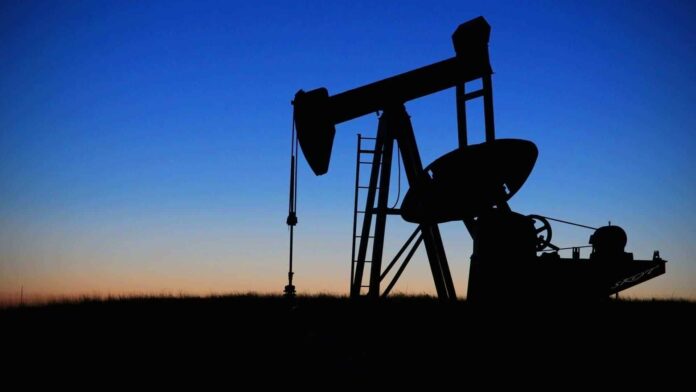Crude oil was one of the factors that significantly contributed to the global problem of excessive inflation. When Russia attacked Ukraine, supply uncertainty led to a rally in prices to nearly 130 dollars per barrel. However, when the market witnessed no problems with global oil supplies, the price dramatically dropped from June last year to June this year.
Low levels didn’t last long, and the spectre of 100 dollars per barrel returned. This was due to a record global demand and strong production restrictions worldwide by OPEC+. This could mean that the battle against inflation is not yet over.
Massive deficit and further production cuts
OPEC+ had previously curtailed production, but it decided to intervene during the excessive price decline. Firstly, in April, the entire enlarged cartel decided to reduce the production target by slightly over 1 million barrels per day. However, it’s worth noting that at that time many cartel countries struggled to increase production after initial cuts during the pandemic. The market didn’t believe in the impact of this action, and the prices started rebounding only after the further cuts in June. But that’s not all! During the holiday season, Saudi Arabia announced an additional voluntary cut of 1 million barrels per day and Russia curtailed exports by 0.3 million barrels per day. Both these actions were ultimately extended until the end of the year. The market had previously expected the deficit to reach 2 million barrels per day by the end of the year, but it is now known that it will be higher!
Such a significant deficit was last seen in 2007-2008, when prices rose to nearly 150 dollars per barrel. Of course, at that time supply couldn’t keep up with rising demand, while now the supply is artificially restricted. Nevertheless, we now have a record demand above 100 million barrels per day, therefore with a shortage of oil the prices continue to rise and currently no one expects significant declines.
Biden no longer has an emergency solution
Last year and at the beginning of this year, the United States fought hard to lower market prices. It must be admitted that it worked quite well for a while. The United States utilized enormous oil reserves created after the oil crises about 40 years ago. U.S. government agencies at one point were selling 1 million barrels per day. It may not seem a lot but a well-balanced market clearly felt it. However, it must be emphasized that the reserves were created for a so-called “rainy day”. Although the USA is currently the largest oil producer in the world, it is not self-sufficient. The release of reserves was politically motivated – Biden wanted low prices for the mid-term elections. The reserves have been drained to the lowest levels since the 1980s, and U.S. producers are not keen to invest heavily in production development, even with fairly high prices, which is due to the current administration’s relatively restrictive policy. Therefore, the scenario of a decrease in commercial stocks to the lowest levels since 2015 seems almost certain.
Huge price increase
For a long time this year, crude oil was traded at lower levels than in the same period last year, which led to a quick reduction of inflation. That’s already in the past. Currently, prices are even 15% higher than in September last year and more than 40% higher than the local bottoms from March or May this year. Looking at futures contracts, it’s evident that we have a massive short-term increase in demand for raw materials with limited supply. Future contracts are distinctly lower which results in so-called “backwardation”. Of course, if oil production does not ramp up significantly next year, prices may remain high. On the other hand, the OPEC+ cartel knows that it cannot cause demand destruction, i.e., something that happened in 2008 or in June last year when prices quickly dropped from around 130 to 100 USD per barrel. That’s why we should not be expecting a further excessive price increase and maintaining them above 100 USD. This level should rather stabilize and we should expect policy adjustments from OPEC+ at a later stage. Of course, if a recession was to occur – currently fueled by concerns over excessive oil prices – prices could fall quite drastically. However, without it, keeping supply under control by OPEC+ will likely result in a period of high prices, at least until the end of the year.
Why until the end of the year? Saudi Aramco plans a secondary emission of shares amounting to even 50 billion USD. It’s a well-known fact that they will receive the best price at high oil levels. In addition to this, a possible slowing of demand from China is expected next year, along with a slowdown in growth related to high-interest rates.
What does inflation say about this?
At some point when inflation in Poland was close to 20%, energy prices accounted for nearly 50% of total inflation. At the moment, fuel prices remain low, which will allow inflation to decline to double digits. However, if gas station prices finally start to react to fundamentals, we cannot rule out prices returning above 7 PLN per liter for both gasoline and diesel. In that case, it could happen that inflation will resurface and slow down the achievement of the inflation target, which at the moment is expected quite late and with a low 50% probability, by the end of 2025.
Author: Michał Stajniak, Vice Director of Analysis Department, XTB


















